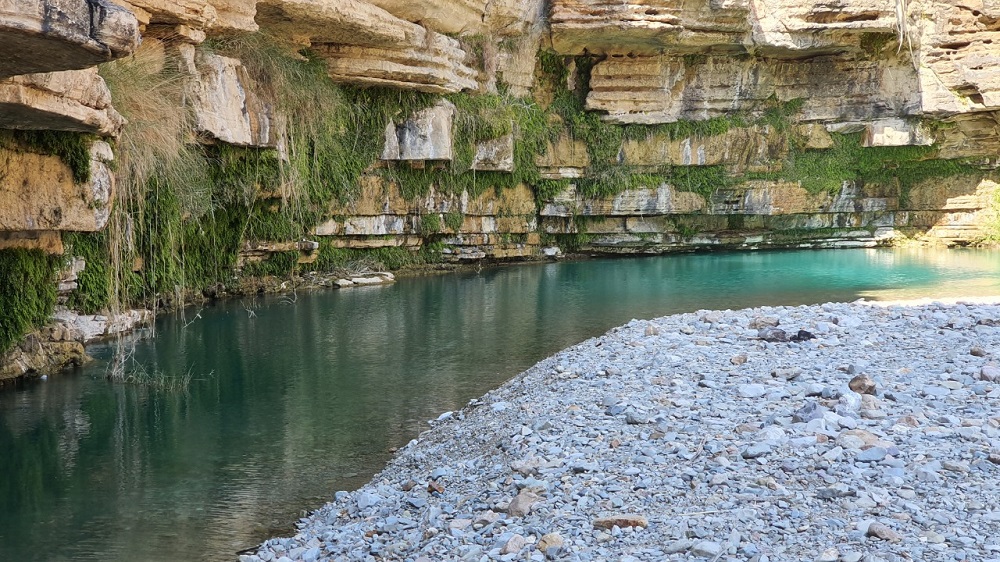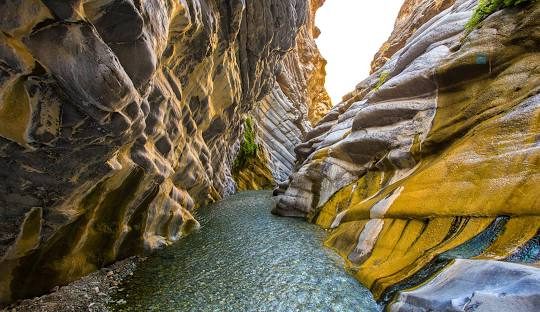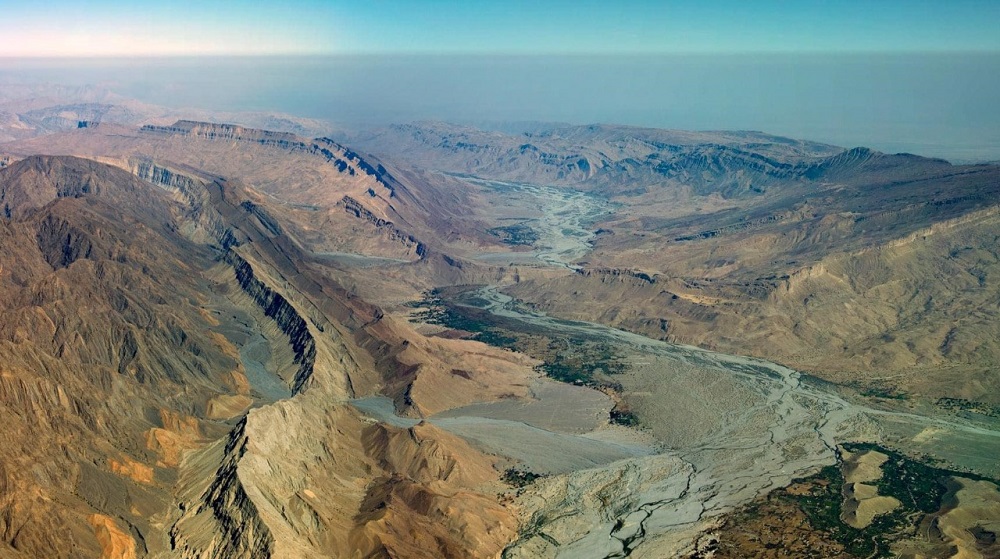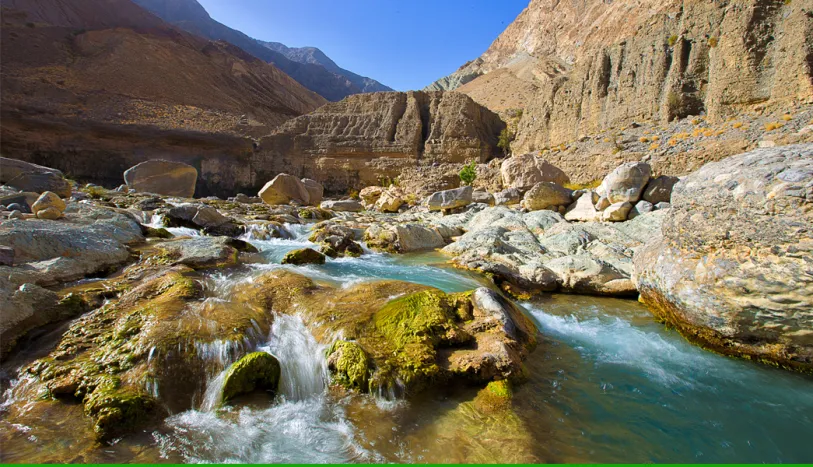
About the Khuzdar
A Tapestry of Heritage and Potential
Khuzdar, nestled in the heart of Balochistan, Pakistan, stands as a city rich in history, cultural diversity, and untapped potential. Serving as the administrative center of Khuzdar District, it is the third-largest city in the province and ranks 49th in Pakistan by population, with over 228,000 residents as of the 2023 census.
Historical Significance
Khuzdar's roots trace back to ancient times when it served as the capital of the Turan province under the Umayyad Caliphate. Its strategic location made it a vital link between Iran and the Indian subcontinent, facilitating trade and cultural exchange. The city later became part of the Khanate of Kalat and played a central role in regional politics. In 1974, Khuzdar was designated as a separate district, further cementing its administrative importance.
Geography and Climate
Situated at an elevation of 1,237 meters (4,060 feet) above sea level, Khuzdar lies at the apex of a narrow valley in the Pab Range. The city experiences a semi-arid climate, characterized by hot summers and mild winters. June is typically the hottest month, with average highs reaching 38°C (100°F), while January is the coldest, averaging 17°C (63°F) during the day and dropping to 3°C (37°F) at night.
Demographics and Language
Khuzdar is a melting pot of ethnicities and languages. The majority of the population speaks Brahui, followed by Balochi and Sindhi. The city's diverse tribal composition includes prominent tribes such as Bizenjo, Jattak, Hasni, Nausherwani, Zehri, Mengal, Zarakzai, Ahmadzai, and Kurd.
Education and Institutions
Education in Khuzdar has seen significant developments over the years. The city hosts several educational institutions, including the Balochistan University of Engineering and Technology, which offers specialized programs in engineering and technology. Other notable institutions include the Balochistan Residential College, Girls Degree College, and Jhalawan Medical College. Despite these advancements, challenges remain, particularly in rural areas where access to quality education is limited.
Economy and Infrastructure
Khuzdar's economy is primarily based on agriculture, livestock, and trade. The city serves as a market center for wool and has deposits of barite, which are mined in the surrounding areas. Its strategic location along the National Highway connecting Pakistan with Iran and Turkey positions Khuzdar as a potential trade hub.
Cultural Heritage
The city boasts a rich cultural heritage, with historical sites such as the baked-brick fort built in 1870 and the ruins of an old Arab fort nearby. These landmarks reflect Khuzdar's historical significance and offer insights into the region's past.
Challenges and Opportunities
While Khuzdar has made strides in development, it faces challenges, including limited infrastructure, water scarcity, and educational disparities. However, ongoing projects aim to address these issues, with investments in infrastructure and education poised to unlock the city's potential.
Conclusion
Khuzdar stands at the crossroads of history and progress. Its rich cultural tapestry, strategic location, and resilient population position it as a city with immense potential. With continued investment and development, Khuzdar is poised to emerge as a significant player in the region's socio-economic landscape.
Address: RJ84+H7 Khuzdar, Pakistan








